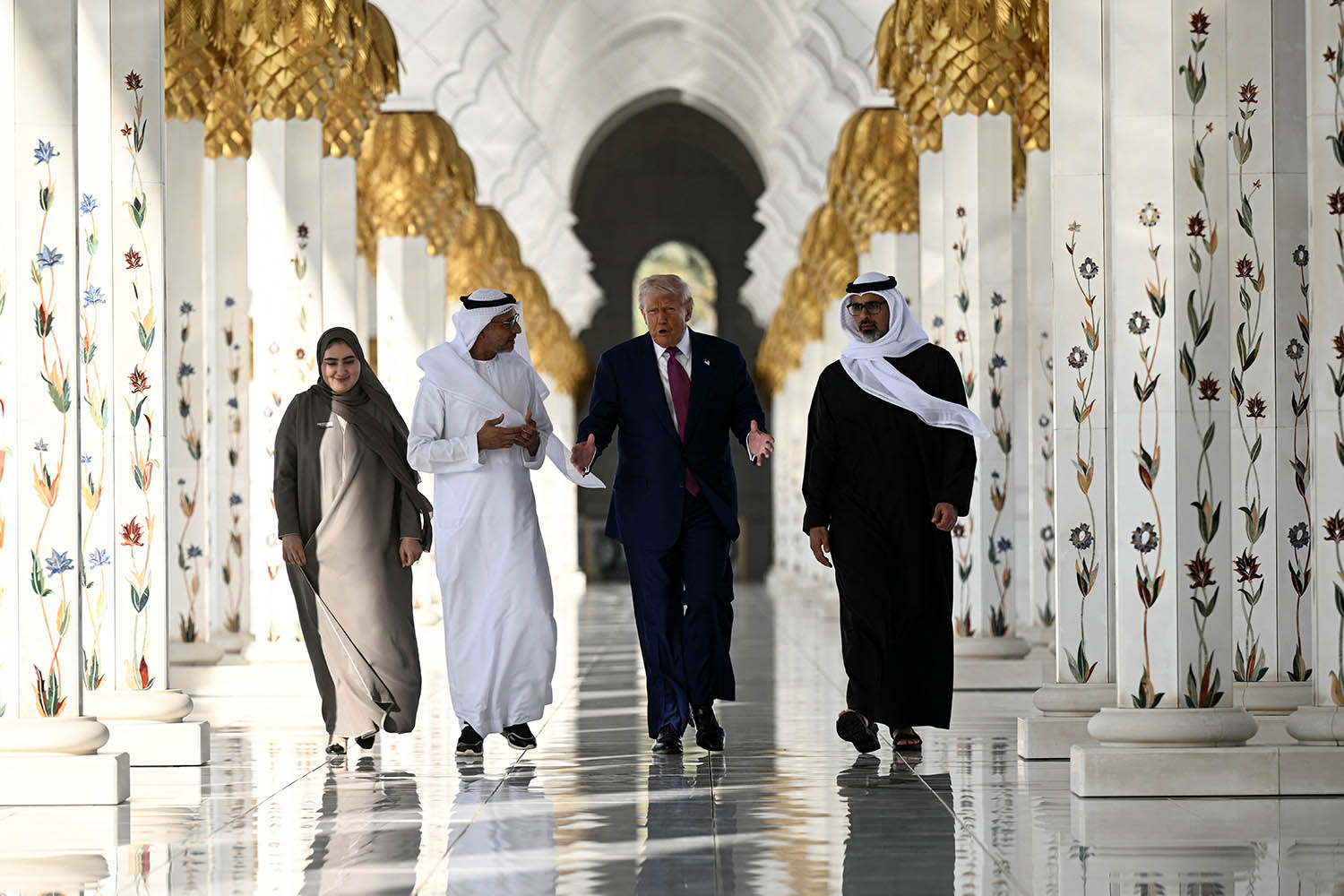The promise of an AI-powered future may be good marketing, but the business fundamentals are not straightforward. That has not stopped Saudi Arabia from trying. On Monday, it launched Humain, a multibillion-dollar artificial intelligence company, in pursuit of becoming a global leader in the sector. The initiative will partner with a suite of US firms, with deals rubber-stamped by Donald Trump.
Humain will invest in and operate AI assets, including datacentres, AI infrastructure and an Arabic large language model. It is backed by the $940bn Public Investment Fund. A series of deals have been announced to prop up the initiative, including on chips, infrastructure and economic zones. Nvidia, AMD, Qualcomm, Amazon, Cisco and Google have all signed up to various ventures.
Saudi Arabia’s deep coffers are a strong lure. At a lunch in Riyadh last week, diners included Elon Musk, OpenAI’s Sam Altman and Nvidia’s Jensen Huang, as well as executives from Alphabet, Palantir and Uber.
But there is still a lot we do not know about Humain, including its capitalisation and the timeframe in which it aims to build out its AI infrastructure.
Jürgen Schmidhuber, director of AI at Saudi Arabia’s Kaust university, said the kingdom “has come a long way in just a few years”. But experts say the kingdom will face a number of challenges. Saudi universities are not yet producing hordes of skilled AI engineers, and datacentres also require skilled labour. Recruiting talent from abroad will be key, but has historically proved challenging – and the kingdom is in a rush to meet its Saudi Vision 2030 deadline.
“These are very specialised construction projects,” said analyst Reyk Knuhtsen. “They don’t have a ton of the materials nor infrastructure to build this up superfast.” He added that the cooling of thousands of chips will demand “masses” of water – a challenge in the desert.
Saudi Arabia has a history of ambitious, futuristic projects that have not yet materialised – for example, Neom. But it does have two key ingredients in abundance – capital and energy. Knuhtsen said if leaders “throw money at the problem”, they could develop “a pretty good amount of capacity by 2030”.
Returns will not be immediate. “It’s not obvious that the current worldwide investments in huge AI datacentres will pay off,” said Schmidhuber. “Every five years, compute becomes 10 times cheaper … AI datacentres that are worth $500bn today will only be worth $50bn in five years’ time. To recuperate a loss of $450bn, you need a really good business model, and it’s not clear that anybody has one.”
What is more, by developing a homegrown AI infrastructure, Saudi Arabia may eventually have access to its citizens’ data, which could give the authoritarian state the power “ to carry out monitoring, surveillance [and] big data analysis” on its people, said Dr Oz Hassan of Warwick University’s department of politics and international studies. That would be Humain in name only.
Photograph by Getty Images

